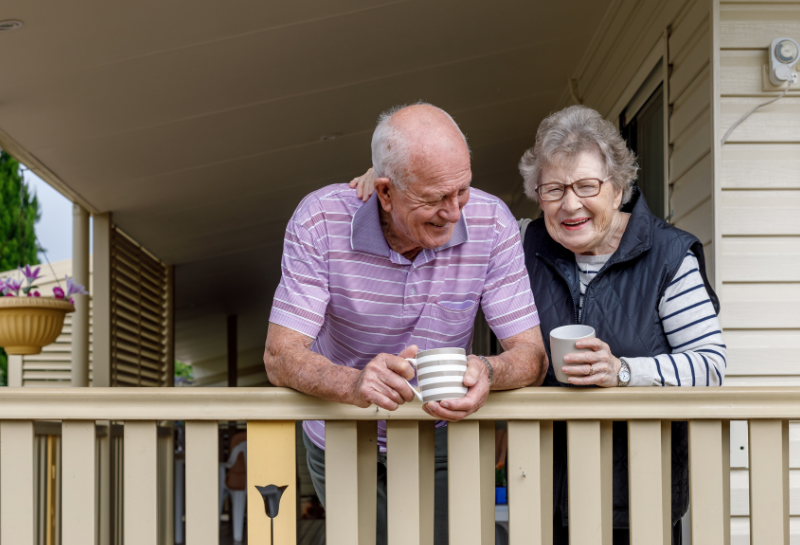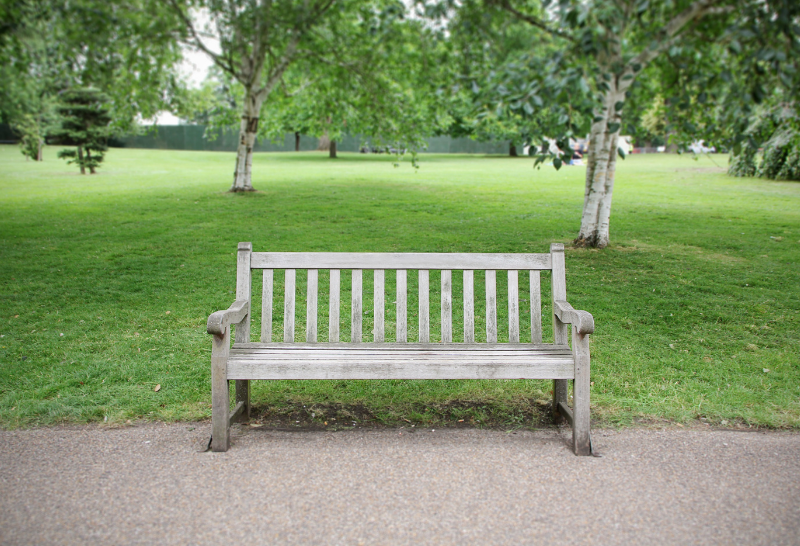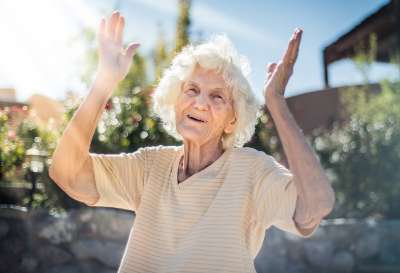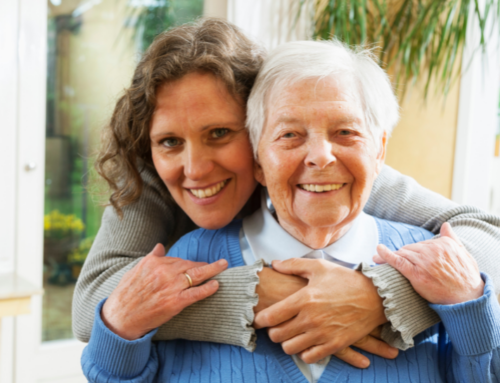Aging in Crisis: The Challenges Seniors Face Staying at Home Without Help
As seniors face the desire to age in place, many are met with challenges that threaten their safety, well-being, and quality of life.
Seniors want to age in place for many reasons:
- Preservation of Independence: Remaining at home allows seniors to control their daily routines and decisions, fostering a sense of autonomy.
- Emotional Attachment to Home: Homes often hold cherished memories and personal significance, making leaving emotionally challenging.
- Familiarity and Comfort: As seniors become accustomed to their surroundings, staying in a familiar environment provides comfort and reduces stress.
- Cost Considerations: Aging in place can be more affordable than moving to assisted living facilities, which often have high monthly costs.
- Community and Social Connections: Remaining in their community helps seniors stay connected with friends, neighbors, and local activities, which are vital for their mental and emotional well-being.
Aging without adequate support at home can lead to a host of issues, from physical vulnerabilities that put them at risk of severe injuries to emotional and mental health strains exacerbated by isolation.
In addition, navigating the financial demands of home maintenance and healthcare becomes a burden that many seniors must prepare to take care of. Understanding these challenges shows the importance of aging-in-place organizations and the critical support they provide to seniors and their families.
While aging in place may seem ideal, many seniors’ homes must be equipped to accommodate the physical limitations of aging.
Homes often lack basic safety features, such as grab bars, proper lighting, or step-free access, which can increase the risk of falls and serious injuries.
Aging-in-place organizations like DSCC are crucial in addressing these vulnerabilities. They assess and modify homes to ensure seniors can easily and safely navigate their living spaces.
Physical Vulnerabilities: Safety and Accessibility at Home
As seniors age in their homes, safety and accessibility become significant concerns that can’t be ignored.
“92% of seniors prefer to age in place, staying in their beloved homes. But only 10% of homes are ready for this”.
Many houses aren’t designed or built to accommodate the needs of aging people, making everyday tasks increasingly hazardous.
From a lack of handrails, area rugs, and dim lighting to narrow doorways, missing grab bars in the bathroom, and having to step high into the shower, these barriers pose a risk that can lead to serious injury and fatalities.
Falls are a leading cause of injury among older adults, with a single fall often leading to long-term health consequences or even loss of independence.
Falls are the leading cause of injury for adults 65 years and older. Over 14 million, or 1 in 4 older adults, report falling yearly.
Falls are the leading cause of injury-related death among adults ages 65 and older, and the fall death rate is increasing. The age-adjusted fall death rate increased by 41% from 55.3 per 100,000 older adults in 2012 to 78.0 per 100,000 older adults in 2021.
Aging-in-place non-profits like DSCC are pivotal in addressing these vulnerabilities by providing safety assessments and home modifications.
Simple changes, like installing grab bars, enhancing lighting, adding ramps, or rearranging furniture to create clear pathways, can significantly reduce fall risks and promote a safer living environment for seniors.
While physical safety is crucial, seniors’ emotional and mental well-being is equally important. Aging in place can lead to social isolation, especially when mobility challenges or a lack of support make it difficult for older adults to leave their homes and engage with others.
This isolation can have severe consequences on their mental health, contributing to feelings of loneliness and depression.
Social Isolation and Mental Health Strain
Aging in place often means that seniors spend extended periods alone, especially if family and friends live far away or mobility limitations prevent them from engaging in social activities.
This isolation can have a profound impact on their mental health, contributing to feelings of loneliness, anxiety, and depression. Research shows that prolonged social isolation and loneliness have such far-reaching consequences that the health impact is comparable to smoking up to 15 cigarettes a day, according to one study published in the journal PLOS Medicine.
The following statistics highlight social isolation’s adverse effects on seniors’ well-being.
- 50% Increased risk of dementia
- 32% Increased risk of stroke
- 300% Increased risk of death
- 68% Increased risk of hospitalization
The lack of regular social interaction affects mental health and can accelerate cognitive decline. Without engaging in conversations or activities that stimulate the mind, older adults are at a higher risk of memory loss and other cognitive impairments.
Aging-in-place organizations provide solutions through community programs and volunteer services that keep seniors socially engaged, reduce feelings of loneliness, and foster a sense of belonging.
In addition, many seniors need help managing the financial burden of home maintenance and health care costs. This economic strain further compounds the difficulties of aging in place, making accessing necessary support even more difficult.
Mitigating Financial Strain with Community Services
Even as social engagement improves mental well-being, financial strain remains a pressing concern for older adults who wish to age in place. With rising costs of home maintenance, health care, and everyday essentials, managing a household on a fixed income can feel overwhelming.
DSCC and similar volunteer-driven organizations play a crucial role in alleviating these financial pressures by providing invaluable support services in communities.
By providing well-being checks, minor home repairs, and food deliveries, aging-in-place non-profits help seniors avoid expenses that could otherwise threaten their ability to stay at home.
Engagement programs, intergenerational activities, and friendly visits combat isolation and offer practical assistance that can replace costly alternatives. Referrals to vetted contractors ensure that repairs and maintenance are done safely and affordably.
Even pet food delivery and care assistance keep beloved animal companions from becoming an unmanageable financial burden. These services empower older adults to live with greater security and peace of mind, easing the financial strain accompanying aging in place.
While these community services provide a crucial safety net, it is still our collective responsibility to ensure that these resources are sustainable and widely accessible.
Supporting aging-in-place organizations and their many services through volunteering, donating, and advocating alleviates seniors’ and their families’ burdens, strengthens our communities, and creates a more compassionate and resilient society for all of today and the future we’ll grow old into.
A Final Thought
Aging in place presents opportunities and significant challenges for older adults, from physical safety concerns to social isolation and financial strain.
While many seniors wish to remain in their homes, doing so without adequate support can negatively impact their health and quality of life. This is where aging-in-place organizations like DSCC make a profound difference, offering essential services that promote safety, connection, and well-being.
As our aging population grows at an unprecedented rate, the need for community-driven support has never been more critical. By getting involved—whether through volunteering, donating, or advocating—you can help ensure seniors in your community have the resources they need to age safely and with dignity.
Please don’t wait until it’s too late. Contact DSCC or a similar non-profit in your area today to learn how you can make a meaningful impact. Together, we can create a supportive environment where every senior (which, if you’re not now, will be someday) can age safely and with dignity.
Sources:
- Carex, The 2024 Ultimate Guide to Aging in Place
- RubyHome, Aging in Place Statistics, October 2023
- CDC, Older Adult Falls Data, May 2024
- FortuneWell, Loneliness is a health crisis comparable to smoking up to 15 cigarettes a day. Here’s how to combat it, June 2023
- DuPage Senior Citizens Council, The Face of Social Isolation
More Articles That Might Interest You
Rejoining the Community After COVID
Rejoining the Community After COVID COVID cases are slowing and most communities are opening up. People are making [...]
One Year Later – COVID’s Effects on Seniors
One Year Later - COVID’s Effects on Seniors This past year has been hard on everyone. You might [...]
Celebrating Seniors for Older Americans Month
Celebrating Seniors for Older Americans Month You’re somewhere along life’s path with goals for the future. You might [...]










